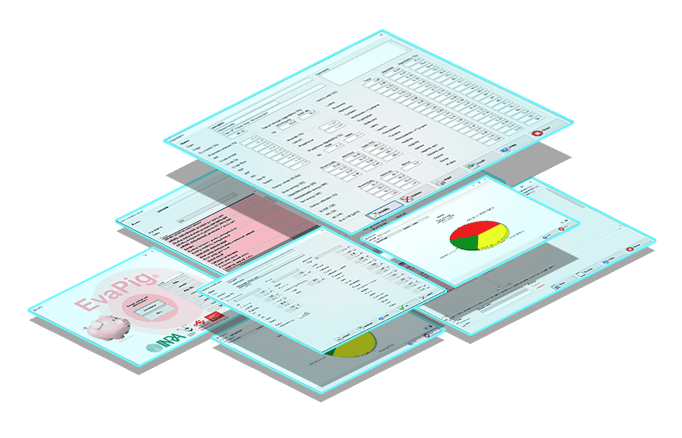Standardised digestible amino acids
The amino acids supplied through dietary proteins are not entirely absorbed by the animal’s digestive tract. In fact, the amount of each amino acid absorbed depends directly on the digestion of dietary protein. The result of these digestive processes mainly depends on the type of raw material used – the variety, the structure of the proteins, the content in dietary fibre, etc. and on the amino acid under consideration.
The notion of digestibility has gradually developed on both a methodological and a conceptual level. Digestibility, which was initially measured at the fecal level, is now measured at the ileal level, due to changes caused by the microflora of the large intestine.
Ileal digestibility represents the absorption of amino acids in the digestive tract far better than fecal digestibility. However, the profile of amino acids at the end of the small intestine is not the only result of the absorption of dietary amino acids. The digestive process is also accompanied by secretions of digestive juices, mucins, immunoglobulins and cellular desquamations, whose protein elements blend with the proteins of dietary origin in the intestinal lumen.
This fraction of endogenous origin can be measured by feeding the animal with a protein-free diet. Although this technique only enables basal endogenous or non-specific losses to be measured, it makes it possible to propose corrected apparent ileal digestibility coefficients corrected from the basal endogenous losses and called standardized.


Download EvaPig® for free!
Minimize feed costs, nitrogen and phosphorus excretion, control the variability of your pig feeds and adapt them to your context by simply using EvaPig® for free!
Download version 2.0.3.2 (%155 %UTC, %2021) for Microsoft® Windows™ 7 and Windows™ 10.
